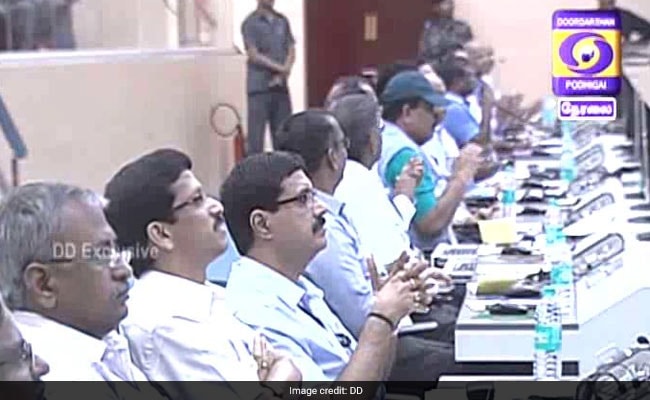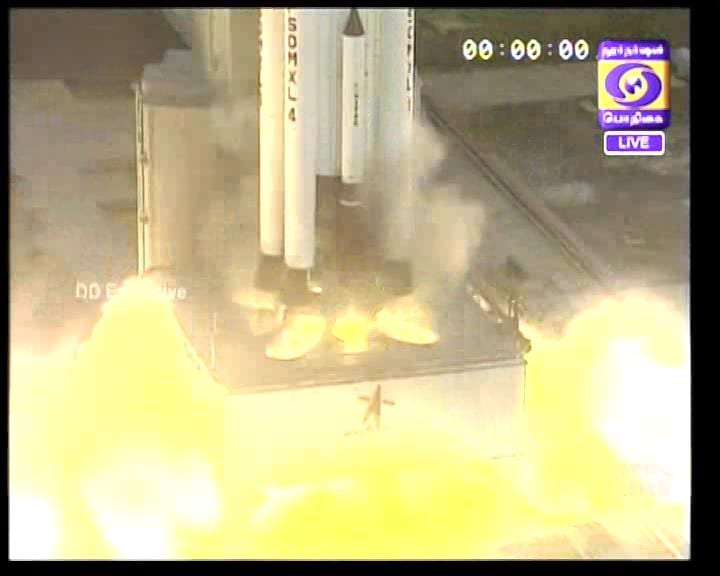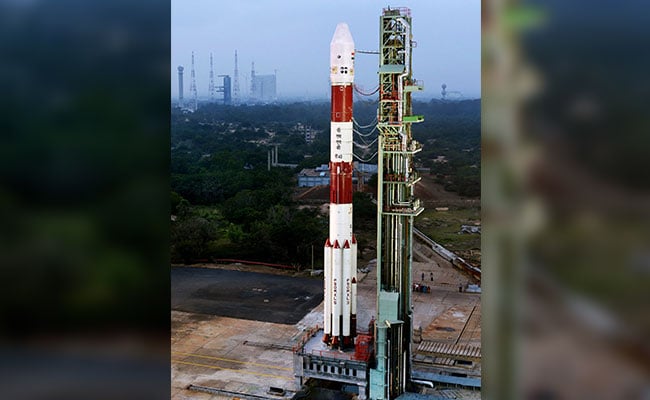
The entire lift-off process of ISRO's PSLV launch is to take the satellite 2 hours and 21 minutes.
Here are the live updates of the ISRO's 100th satellite launch:
.@isro launches its 100th satellite from #Sriharikota in Andhra Pradesh
- NDTV (@ndtv) January 12, 2018
LIVE updates: https://t.co/WbJcjD3So7pic.twitter.com/ph4mg8gJNg
.@isro launches its 100th satellite, says "New Year's gift" #ISROhttps://t.co/dew3CawPHPpic.twitter.com/6mNteOPDqQ
- NDTV (@ndtv) January 12, 2018
Twenty-nine other smaller satellites injected into orbit by PSLV-C40: ISRO chief A S Kiran Kumar.
ISRO Chief Kiran Kumar
We are extremely happy to provide a New Year gift to the country with Cartosat 2 series and also a set of time all the customer satellites have been released and microsat will be released in an hours time after the launch vehicle brings the altitude back to 350 kilometres. So far the Cartosat performance has already been announced by the project head and is satisfactory and we will follow up on the remaining satelitte performance. This year we have a number of activities planned. The next GSLV Mark 2 is already getting assembled and is schedule for launch next month.
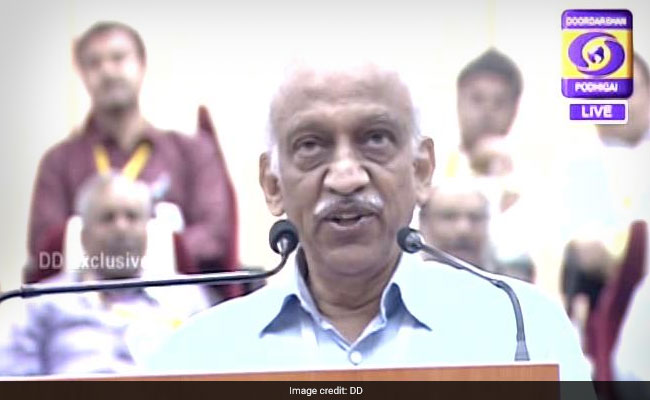
PSLV-C40 successfully places Cartosat-2 series satellite into sun synchronous orbit: ISRO
The launch will be said to be successful only after all the 31 satellites have been put into orbit.
Cartosat 2 has been separated and put into orbit. After which the smaller satellites will be put into orbit.
950 seconds have elapsed and 506.7 kilometers done. The forth stage engines have been set off.
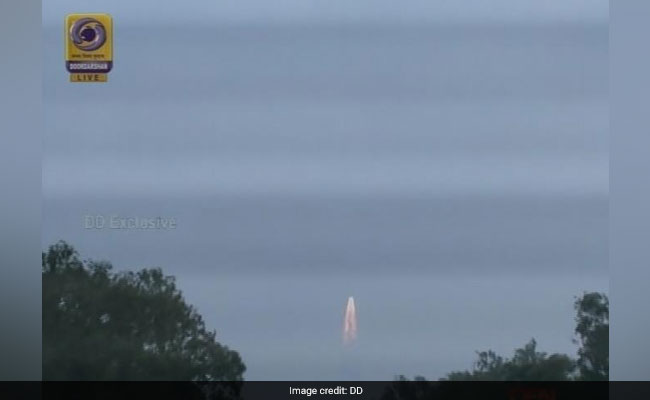

The launch has the capability that allows putting the satellite into two separate orbits.
This is a four stage rocket. Three stages have now been done. The forth stage will take around two hours.
The liftoff was successful at 9.29 am. The process of the placing of satellite will take 2 hours and 21 minutes.
Last year in August, IRNSS-1H - India's first privately built satellite was launched. The launch was unsuccessful.
The 'Cartosat-2 Series' satellite launch is a follow-on mission with the primary objective of providing high resolution scene specific spot imageries, the ISRO said.
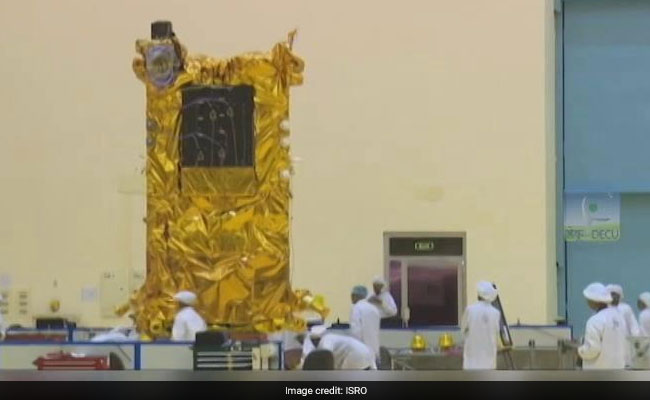
The workhorse rocket of ISRO weighs nearly 320 tonnes and stands as tall as a fifteen storey building.
The PSLV- C40 which carries the earth observation 'Cartosat 2 Series' satellite weighs 710-kg ad will be the heaviest satellite that the PSLV will carry.
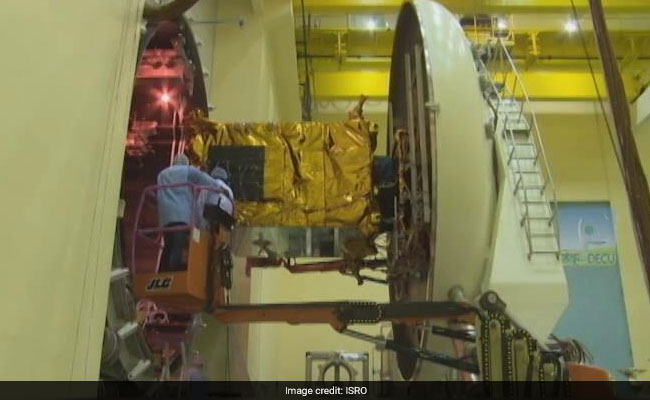
This will be ISRO's 42nd mission. The PSLV - C40 will lift off with 31 passengers
No more content
Comments


